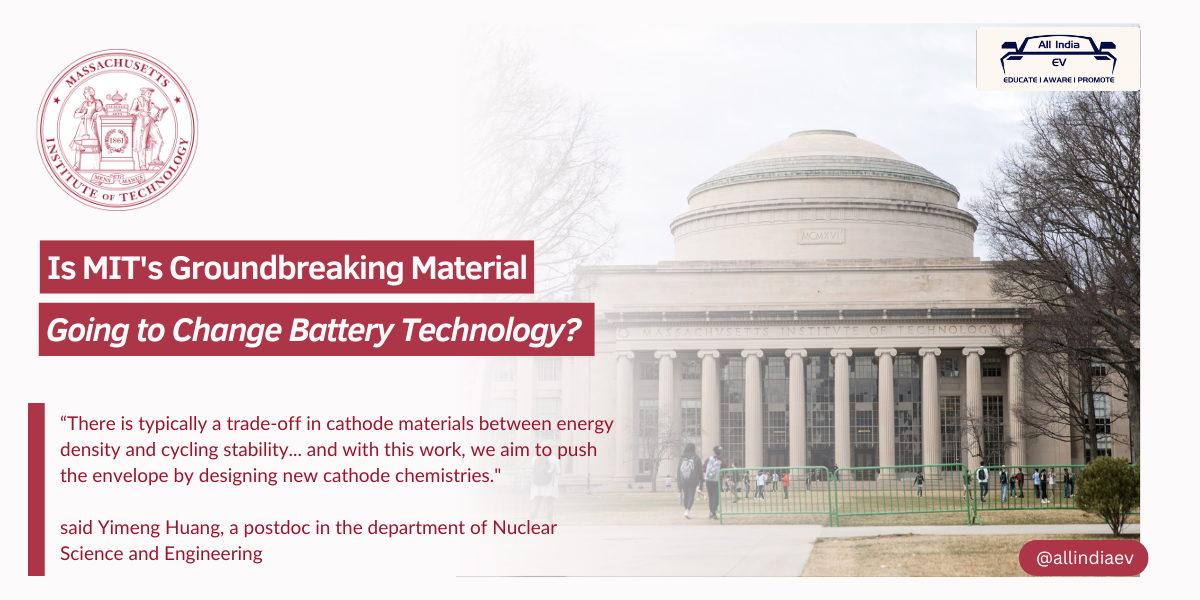
The Future of Batteries: MIT’s Game-Changing Discovery
A team of researchers from MIT has discovered an innovative cathode material that could represent a game-changer for the evolution of batteries. This highly advanced, magnesium-rich material is characterized by several beneficial properties: abundant and far less expensive compared to common battery materials.
It may serve as a replacement for them. That would be the case when looking at the failings of existing lithium-ion batteries in terms of energy density and safety—this particular magnesium composition may triumph over them. However, the findings by MIT could mark a new era in high-performance and sustainable batteries, upon further research and development.
The Next Age in High-Performance Batteries
By generating a new class of cathode material from rock salt, which might provide a revolution for power in smartphones, renewable energy systems, and electric vehicles, MIT researchers have made an enormous jump with battery technology.
Led by Professor Ju Li, the team has developed a partially disordered rock salt cathode co-integrated with polyanions called DRXPS. This new cathode offers an exceptional combination of high energy density and excellent cycling stability. Moreover, such a strong trade-off between high energy density and exceptional cycling stability of a cathode material is traditionally a breaking limitation. DRXPS breaks the limitation and opens a wide avenue to enable more efficient and sustainable batteries. Yimeng Huang, a project postdoc, now explains:
“There is typically a trade-off in cathode materials between energy density and cycling stability … and with this work, we aim to push the envelope by designing new cathode chemistries,”
Yimeng Huang, project postdoc, MITIt represents high energy density and good cycling stability because the material combines two major classes of cathode materials: rock salt and polyanionic olivine. It contains magnesium that is also widely available and at a lower cost. The research also points out that oxygen is mobile. That means when the cathode is charged at a high voltage, oxygen becomes mobile and will react with the electrolyte to degrade the material. Huang sought to fix these problems by adding potassium. It works like cement to hold the oxygen in its place and prevent degradation from occurring.
May Be Key to High-Performance Batteries
Recently, a new cathode material has been invented by the researchers at MIT, incorporating phosphorus, which they considered a big breakthrough in battery technology. The work is supported by Prof. Ju Li, who overcame one of the most important challenges facing high-voltage batteries: oxygen mobility. The researchers strategically placed phosphorus atoms within the structure of the cathode to create a material that could “pin down” oxygen atoms, allowing them not to cause degradation.
Higher-voltage charging of batteries is indispensable in their quest for better performance and efficiency. More often than not, however, this results in higher oxygen mobility, too, which is harmful to their cycle life. Fortunately, the breakthrough by the MIT team tackles this very problem: making it possible to build a battery that could operate at even higher voltages without any compromise in terms of stability.
This innovative design of the cathode has made active research into new fabrication methods that could enhance the material morphology and scalability very important to ensure commercialization ensues in scalability and various applications.









